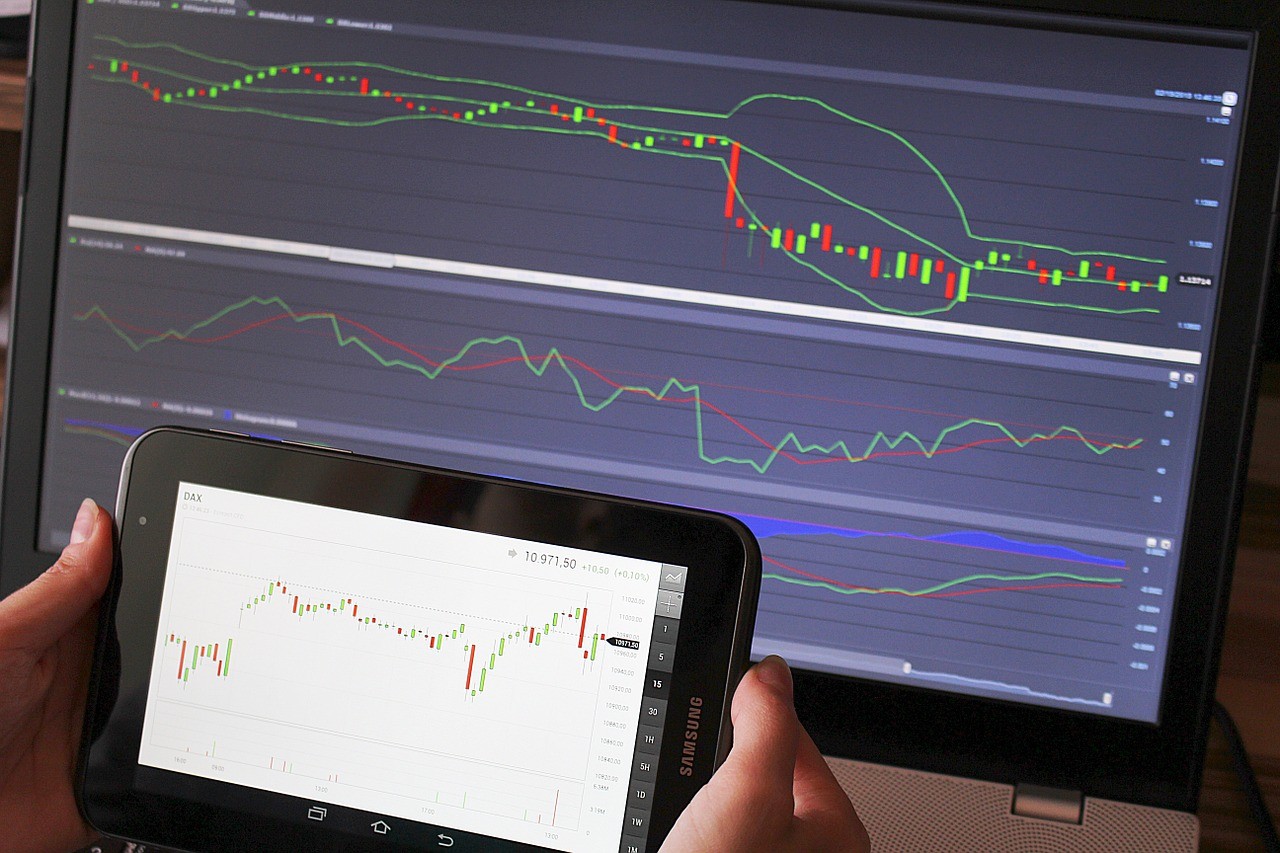What are Trend and Counter-Trend trading?
One of the principles of technical analysis is that values of currency move according to trends. Every trend consists of periods of your time once the value moves ( What Is a Moving Average?) in with the direction of this trend and smaller periods of counter-trend trading corrections.
So what’s trend trading? And what’s counter trend line trading? And in what way do you apply it in a Forex trend trading platform?
Trend trading systems imply that traders open positions in step to the direction of the most major trend. In numerous words, traders purchase in an uptrend and sell in a downtrend. The advisable time for getting into the market is utilizing this approach once a correction ends and, thus, resuming the main trend. This may remind you of a well-liked mantra that traders repeat, “buy high, sell low.”
With counter-trend trading, traders don’t wish to wait for a correction to pass. Instead, if the market associates an uptrend, they’ll sell once the value reverses from resistance and sets a target closer to support. Counter-trend traders’ motivation is that the value has already gone too high to a point that it’s guaranteed to decline.
Do these approaches hold similar risks, or do they not? Does one approach offer traders a larger profit?
Let’s see the distinctions between them and see for yourselves within the article below and how to use them together with your forex trend trading strategies (What Is Bollinger Band?).

Trend trading
Most traders will favor this form called trend line trading. The only tough part is for a decision of when to act. Let’s continue with an uptrend example:
Trend trading implies that you can simply either be buying at a support or on the break of resistance. With the 1st case, you can use such instruments, such as trendlines and Fibonacci retracements. With the 2nd case, you’ll be able to use continuation chart patterns like triangles, flags, and wedges.
Take Profit:
You can set your profit target at the previous high of the uptrend (or low of the downtrend) or maybe levels on the far side if you’re more assured of your trade.
Stop Loss:
Notice that after you ride a trend trading method, you’ll use a trailing stop that follows the trend. Be aware, however, that it should be not simple to come to a decision wherever to maneuver a stop loss. The only danger is going to be that a dipper correction can create the market to hit your stop and close your order.
Scaling in:
It’s allowed to add after you follow a trend trading method only if the market was already affected in your favor, and your trade has become profitable. In this manner, your potential can increase. Don’t forget to regulate your risk management if you are doing this. You’ll additionally arrange to begin with a smaller trade than usual (for example, buying at point 1) and so increase it once the value gets higher than point two. This maneuver can back your risk.
Counter-Trend Trading
Counter-trend trading methods aim to see a trend’s reversal. Traders who use this approach measure and take hints from reversal candlestick patterns (pin bars, evening and morning stars, etc.). They additionally apply to oscillators like MACD or RSI to visualize whether or not the market has become overbought/oversold and whether or not there’s a divergence between the value and, therefore, the indicator. If these signs present themselves, traders open positions that counter with the trend.
Take profit:
It’s tougher to search out an area to mend profits after you carry out a counter-trend trading. The challenge isn’t to urge yourself to be greedy. Keep in mind that you bet against the market rather than with it. Some trends will become a sideways market, limiting the profit of a counter-trend position. The initial trend can even resume quickly and not let the price correct itself an excessive amount. As a result, caution and risk management is advised.
Stop Loss:
The situation for a stop-loss order in such a trade is natural. Traders place their stop-losses behind the significant price from where a correction has started. The stop-loss can probably be smaller than one you’d use if you traded the trend.
Scaling in:
It’s not a decent plan to intervene in your position size after you counter-trend trade. The trend will be terribly in the short-run; therefore, you risk seeing yourself in an uncomfortable scenario if you are attempting to add a trade. Also, be wary and never boost an unprofitable position because it might result in an even bigger loss.
Conclusion
As you’ll be able to see, each commerce approaches have their specific traits. Each will generate smart trade signals; however it should carry its risk management strategy. The common knowledge of traders is that counter-trend trading needs way more expertise, and beginners ought, to begin with following trend trading. Apply a bit of both and see what method works for you.
Resources
There are many resources out there that may aid you in understanding the two more.
Books like “Trend Trading for Dummies” by Barry Burns is an excellent resource for the novice, discovering the tools required to get you started with trading against and with the trend.
Another great resource is “Trend Trading for a Living” by Thomas K. Carr and “Following the Trend” by Andreas Clenow that can help your stance in understanding the currency market and how to reduce losses during a bullish or bearish market.

